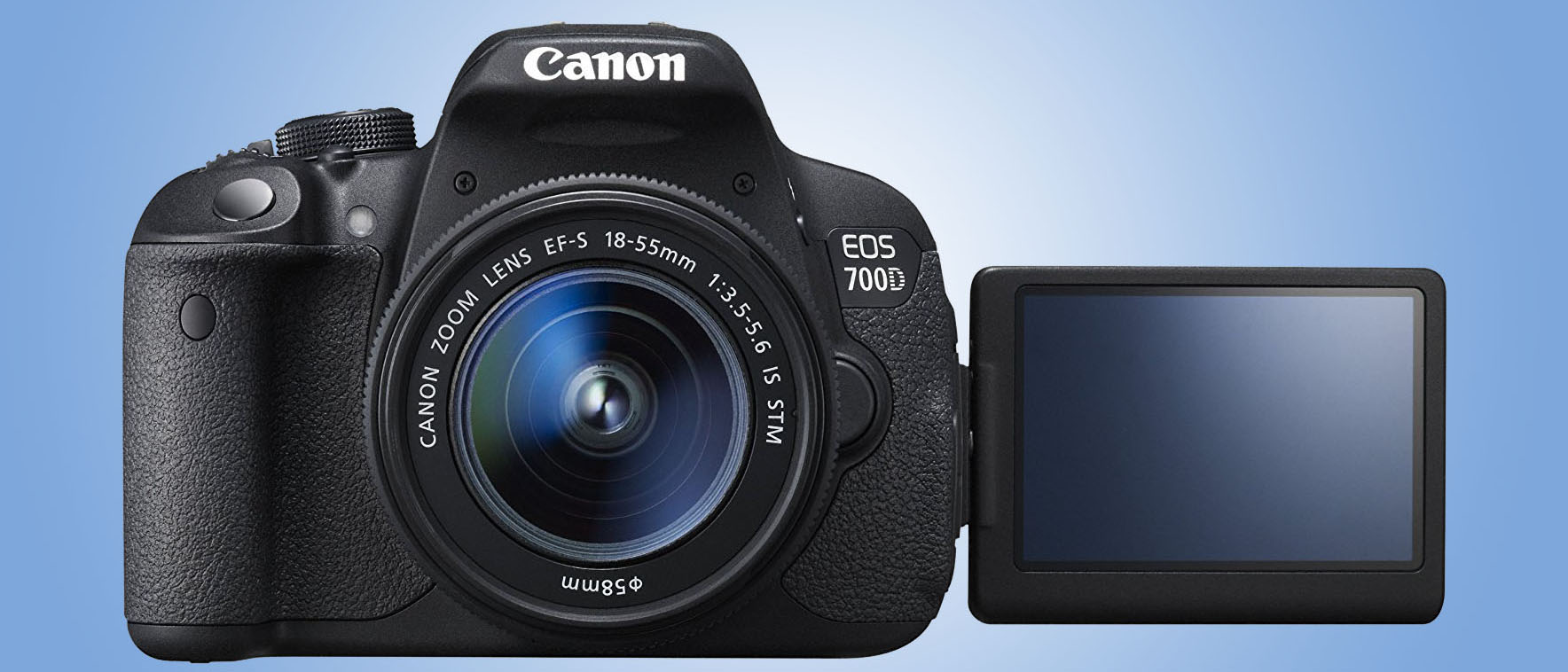Why you can trust TechRadar
Given that they have the same sensor, it's not surprising to discover that the Canon EOS 700D can resolve the same amount of detail as the Canon EOS 650D, and that the two cameras' image quality is very similar.
Noise is well controlled throughout the sensitivity range, although as you'd expect, images taken using the upper ISO values have some coloured speckling visible. It's interesting that our lab tests reveal that the Canon 700D produces slightly noisier images than the Canon 650D at the lower to mid sensitivity settings. Canon has probably made this change to the image processing to bring out a bit more detail.
The Canon 700D can produce high-quality images direct from the camera with plenty of detail and pleasant, natural colours, but as usual the best results are produced from raw files that are carefully processed.

Examining our images at 100% on the screen indicates that the camera's default sharpening is a little on the high side, and more natural images are created by turning the in-camera Sharpness value down.
As is Canon's way, the white balance tends to lean a little towards warm tones, but this isn't dramatic and it usually results in more attractive images.
However, Canon's evaluative metering system continues to give mixed performance. In some situations it is superb, but in high contrast conditions you need to be alert to the brightness of the subject under the active AF point, since this can skew the result.

Bright subjects can trick the camera into under exposure, while dark ones can lead to over exposed images. This is an issue throughout the Canon DSLR range, but it seems especially strange in models that the company is aiming at novice photographers (as well as enthusiasts), such as the Canon EOS 100D and Canon EOS 700D.
While most users want the subject to be correctly exposed, few will be happy with a wildly over exposed landscape because the focus point is in shadow.

With a dynamic range of almost 12EV at ISO 200 and ISO 400, it's clear that the Canon 700D is capable of recording a wide range of tones. However, these are compressed in the JPEG files to create a higher contrast image with more punch. Unlike the results for signal to noise ratio, our dynamic range measurements for the Canon 700D match those from the Canon 650D almost exactly.
Our tests confirm that Canon has improved the performance of the hybrid focusing system that's available in Live View and video mode.
We found that the Canon EOS 700D is appreciably quicker to achieve focus with one of the STM lenses mounted than the Canon EOS 650D. Nevertheless, the focusing still isn't really fast enough to be used with a moving subject.

When you use the viewfinder to compose images, the Canon 700D reverts to the more standard phase detection autofocus system. This works well, with each cross-type point finding its target quickly and accurately even in quite low light and with low contrast subjects.
The only down side is that with 'just' nine AF points it's often necessary to focus the lens and then recompose the image, because there isn't a point directly over the subject.
Canon's STM lenses really come into their own when shooting video, and the new 18-55mm f/3.5-5.6 IS STM kit lens's focusing is very quiet and smooth when Movie Servo AF is enabled.

It's so smooth, in fact, that sometimes it's hard to tell that the focus is slowly being adjusted. The end result, however, is very high quality footage with no sound of the focusing system in action.
While post-processed raw files generally create better monochrome images, it's very helpful to have an idea of how the final images will look. It's also fun trying to get shots just right in-camera. The Canon 700D's Monochrome Picture Style produces some excellent results, with subtle toning being possible. In many cases the images are print-ready.
